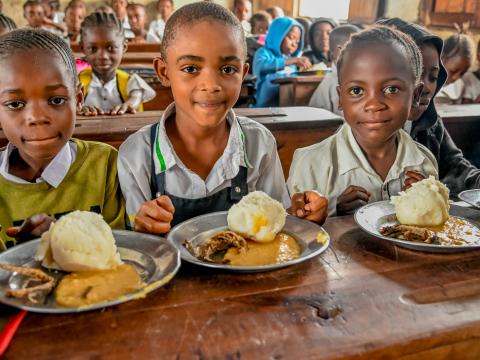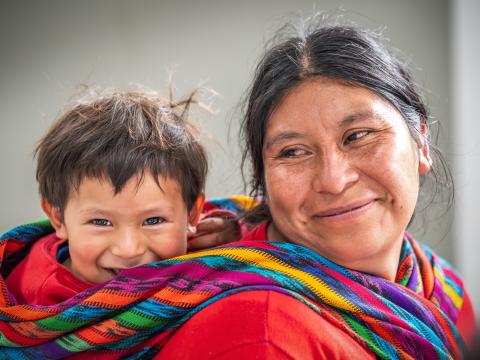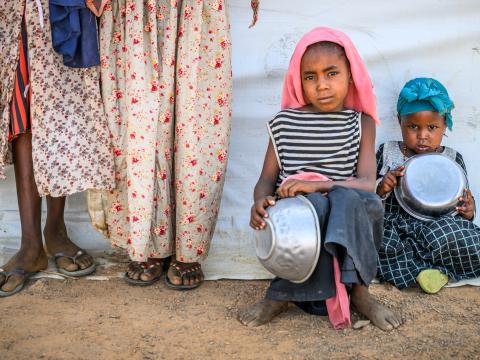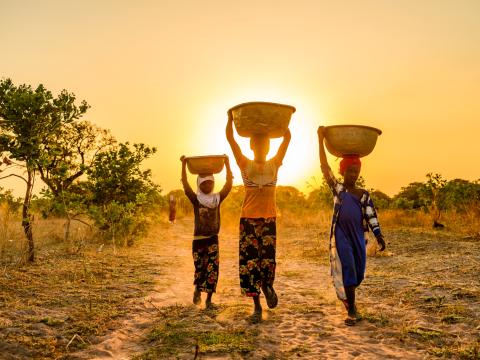
Investing in Children: The Foundation of Human Capital
13 October 2025.
Why investing in children is the foundation of inclusive growth.
This year’s World Bank–IMF Annual Meetings are seen as a pivotal moment for jobs and growth. Yet the truth is simple: investing in children is the foundation of inclusive growth and job creation. No road, grid, or digital platform can deliver prosperity if today’s children are left unhealthy, uneducated, or unprotected.
Earlier this year, I met Emily who leads a savings group in Lukoshi village, Zambia. Her group has been pooling resources incrementally improving their households and investing in their children’s education. Emily’s vision is clear:
“We want our children to not only go to school, but also universities. Next time you come here JBK, you will meet doctors.”
Emily’s words are more than aspirational; they are a blueprint for inclusive growth. They reflect the kind of community-led investment that builds human capital from the ground up.
Children Are the Workforce of Tomorrow
Jobs are built on human capital: health, knowledge, and resilience. Yet today that foundation is alarmingly fragile. One in five children still lives in extreme poverty. Nearly 400 million are growing up in debt-strangled countries where governments struggle to fund schools or clinics. One in six is caught in conflict.
What does this mean in practice? A malnourished child cannot learn effectively. A child denied education cannot participate in tomorrow’s economy. A child engaged in child labour or married before adulthood, have little chance of gaining education or gainful employment. The cost of missed opportunities is staggering, missed education for girls alone is estimated to drain $15–30 trillion in lost lifetime productivity and earnings. By contrast, investment in education has driven half of global economic growth since 1980, contributed to 70% of income gains among the poorest, and delivered 40% of all progress in reducing extreme poverty.
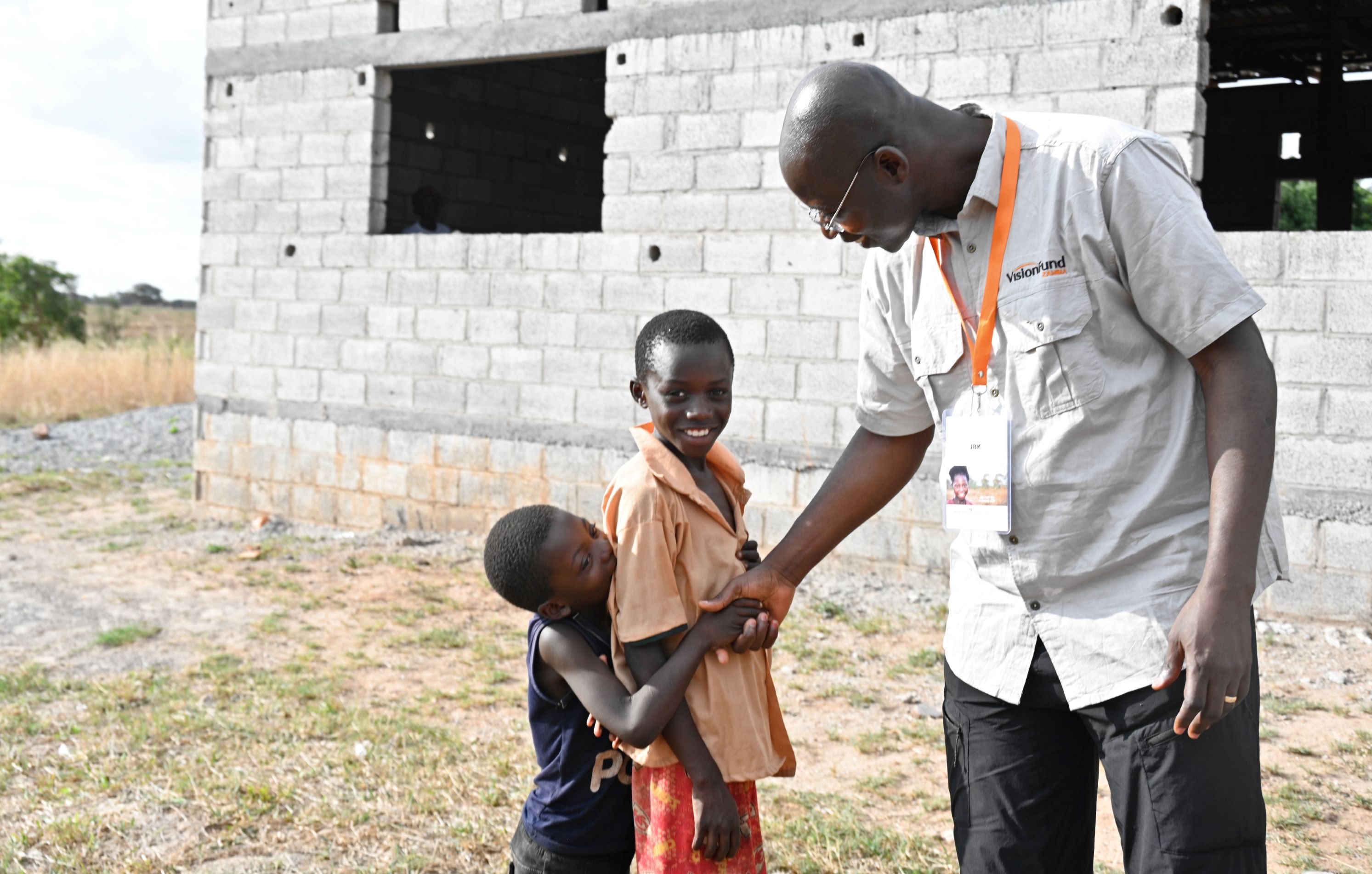
Progress Made, but Not Nearly Enough
The World Bank has made welcome progress. Through IDA21, it has committed to supporting 40 countries in delivering early childhood and adolescent services, a crucial step towards building the human capital that underpins future jobs. In 2023 alone, $1.8 billion of IDA went to child-related priorities, signalling growing recognition that investing in children is essential to long-term prosperity.
Yet, the 2024 World Bank Annual Report shows that the largest share of IDA commitments still went to Energy and Extractives, followed by Public Administration. This emphasis on infrastructure-heavy sectors risks sidelining the very foundation of inclusive growth. Unless education, nutrition, and protection are treated as core economic priorities, job creation will remain unsustainable.
Despite clear evidence linking early childhood development to stronger economies, only 7% of IDA funding in 2023 targeted child-related investments. The global trend is equally concerning, child-related aid has fallen from 15% in 2019 to 11.5% in 2023 and could drop to just 7% by 2030.
Prioritising children, especially those in fragile contexts; within IDA21 and the Bank’s Country Engagement Approach is a critical part of inclusive growth. It is not just a moral imperative, but an economic one. When we invest in children’s health, nutrition, education, and protection, we are not merely building human capital, we are safeguarding the future workforce on which every job and every nation depend.
The Smartest Investment We Can Make
The case could not be clearer. Every US$1 invested in children can yield up to US$10 in long-term economic and social gains. Few policies deliver a higher return than early investment in health, nutrition, and education. These are the foundations that boost productivity, raise lifetime earnings, build resilience, and cut future social costs.
The World Bank has already mobilised unprecedented resources. The real test now is whether it has the courage to put children at the heart of its job’s agenda, as the essential engine of sustainable growth.
Securing the Future Through Children
If Emily’s dream comes true, if children in Lukoshi and communities like it can reach their full potential, the ripple effects will be profound. Educated, healthy children become skilled workers, entrepreneurs, and leaders. They drive innovation, strengthen economies, and build inclusive societies. This is the kind of growth we must collectively champion: one that begins with children and ends with opportunity for all.
For the World Bank, this means integrating a child lens into job creation strategies and diagnostics, including Country Partnership Frameworks and project design. A dedicated child-focused strategy, aligned with the Human Capital agenda, should drive cross-sectoral investments in education, nutrition, health, and protection. And early childhood development must be consistently recognised and prioritised as a cornerstone of sustainable job creation.
The question is not whether the world can afford to prioritise children. The question is whether the world can afford not to.
Jean Baptiste Kamate, JBK is an international development executive and humanitarian expert overseeing World Vision’s operations in 83 countries. He has led operations across West and East Africa, including Mali, the Democratic Republic of Congo, and Rwanda. He holds a PhD from Regent University in Virginia Beach, USA.
